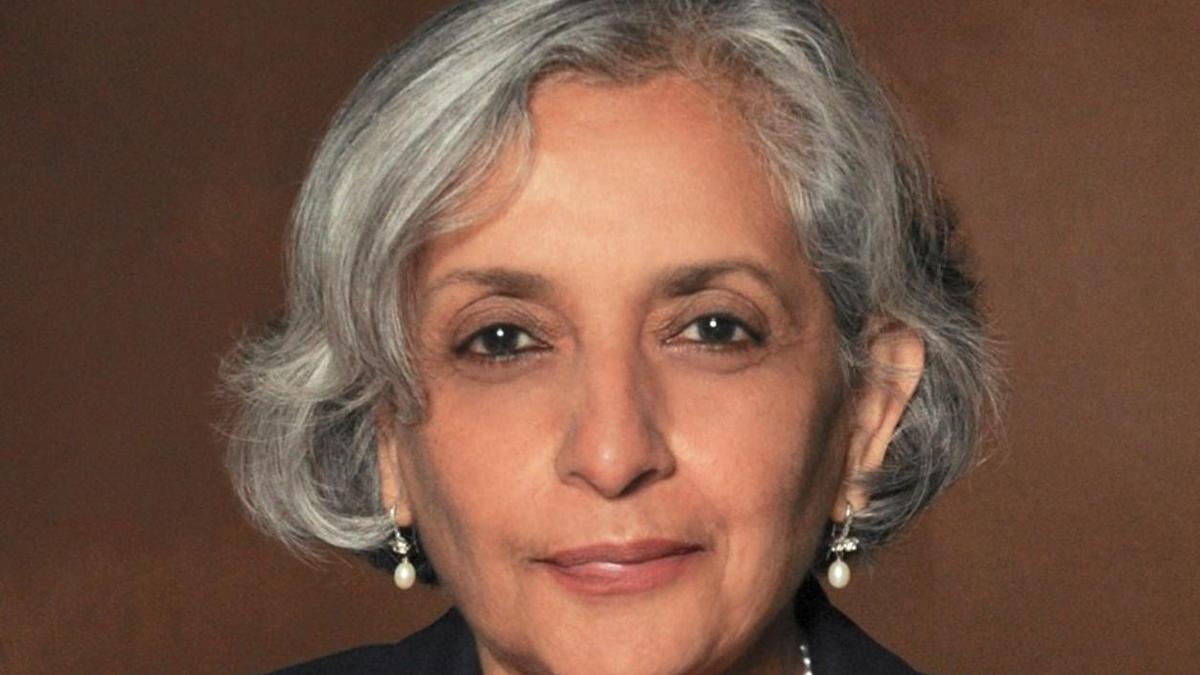
Oregon State University looks to connect with Indian institutions for research
The Hindu
Jayathi Murthy, first woman of colour President of Oregon State University, connects with Indian institutions for research and education.
Jayathi Murthy, who took over as the first woman of colour President of Oregon State University in 2022 was recently in India, to connect with researchers, faculty and students in various institutions, including her alma mater, the Indian Institute of Technology Kanpur. In Chennai she visited the IIT Madras research park and delivered a technical seminar.
From being admitted to the Indian Institute of Technology Kanpur’s mechanical engineering department as one of the early women students in 1974, till date she has had an “exciting run”, she says. “I chose engineering because my father was an engineer. Mechanical for me was a radical choice, it was a rebellious choice,” says Ms. Murthy, whose father was a civil engineer in the Indian Railways. She spent her first five years in villages in Assam where her father was involved in building bridges for the railways. The eldest of three daughters, she says she has been lucky to have progressive parents who supported her decisions.
“This whole trip for me is mapping out excellent education. Now I am in a position of leadership in Oregon [State University], and I want to make strong connections with the best universities in the country. Certainly, research connections, absolutely student connections, both grads and undergrads,” she says.
As a country with a population of 1.4 billion “everything that plays out in the future is going to play out in India,” she remarks. OSU has nearly 400 Indian students, mostly graduates in engineering discipline. Now even undergraduates are enrolling.
On the connections she wishes to establish, she says: “OSU has an interest in sustainability, clean energy, climate... they play out differently in Oregon and India but much of the science is common. I am trying to make connections with like-minded institutions on research and teaching and education to see if we can find common ground and find a path forward together.”
Ms. Murthy worked for a decade in what would now be called a startup – it was a consulting company that worked on computational fluid dynamics. “In that day we did not have startup culture. My friends were working for an engineering consulting company and one part of it did computer simulation of fluid flows of water, air, and it had many applications - from designing cars, to simulating blood flow to place a stent; flow of chocolate, polymer, gas turbines and engines.”
“Large companies had computation fluid dynamics people (and) they would be PhDs. We wanted young B Tech (graduates) to use it, not just PhDs. Those were the early days of computer design and computation engineering. We developed computational fluid dynamics software that was very general. You could use the software through the whole range of whatever fluid flow you wanted to do. We would write the software, debug it, maintain it, they (companies) would license it and we would support. They only need to be an expert in gas turbine. It sort of changed the way the whole simulation was done. Now this is common. A sea change happened. It was a very successful business model and became a big company,” she recalls.













